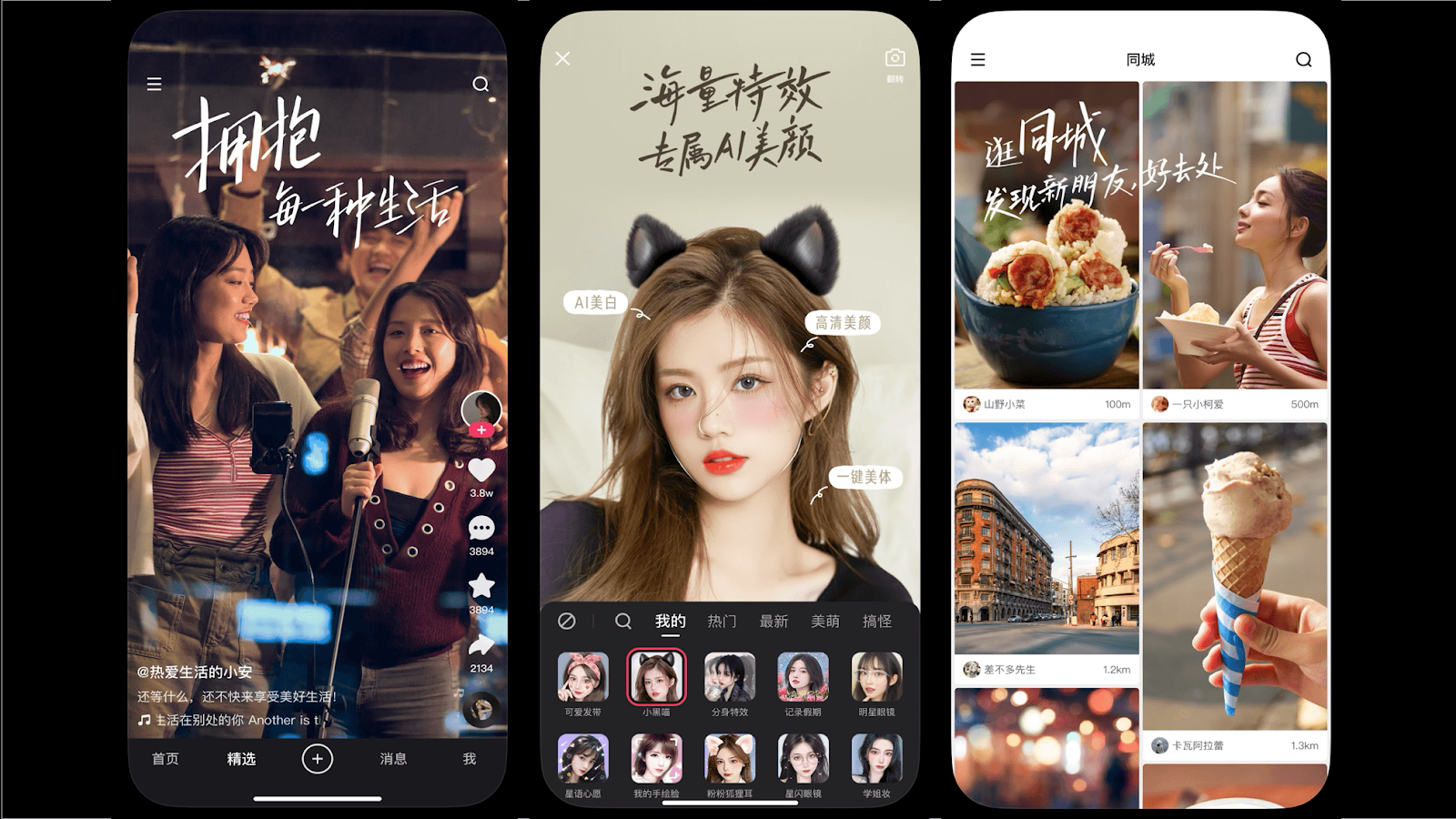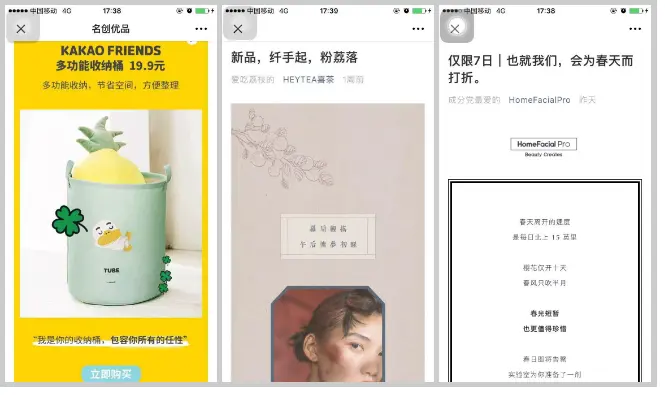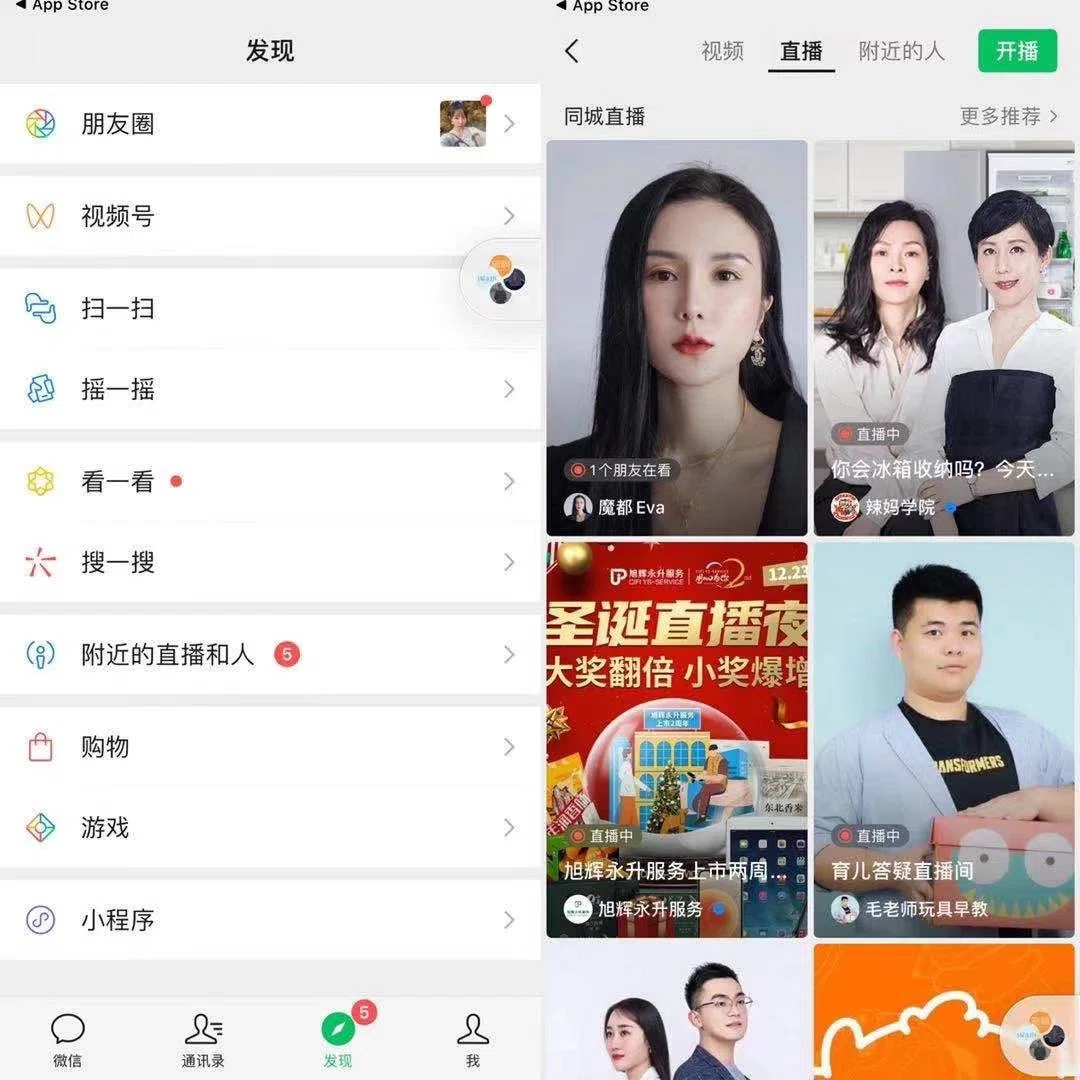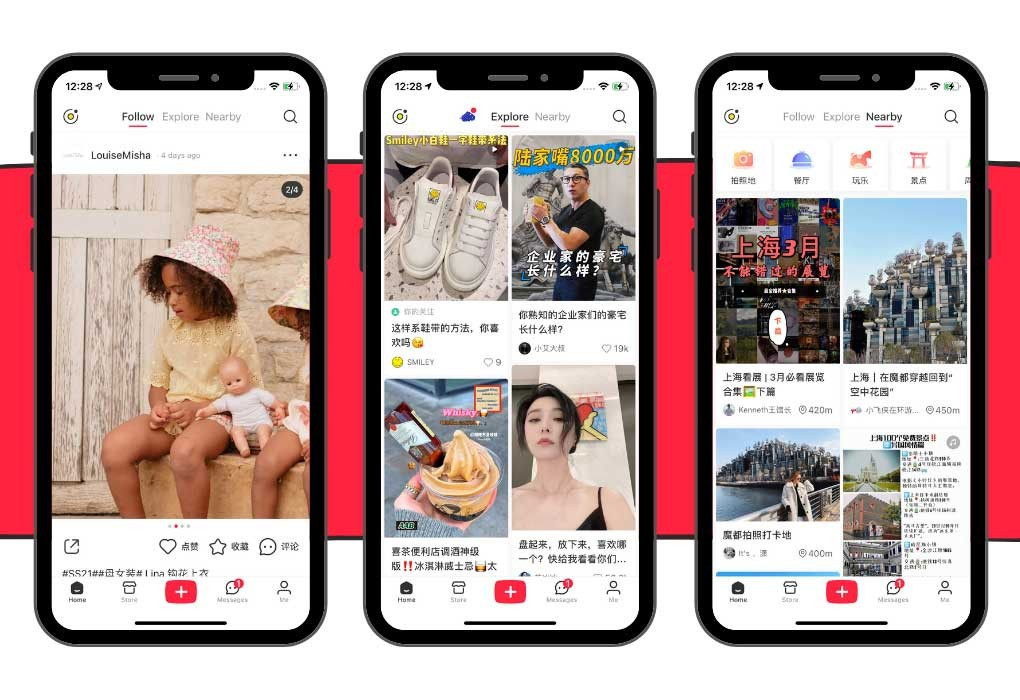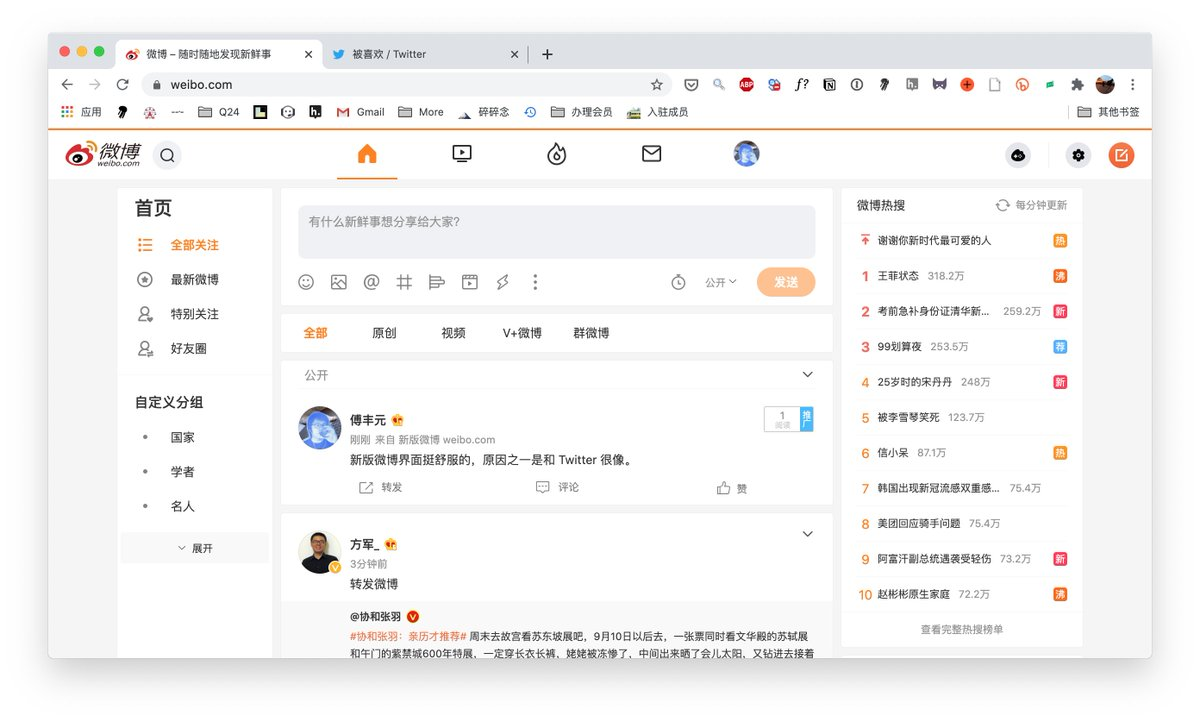The Ultimate Guide to Social Media Platforms in China: What Overseas Brands Need to Know in 2026
China’s digital world is one of the most advanced and competitive in the world. With more than one billion active social media users, the country has built a unique ecosystem where platforms act not just as places for entertainment, but also as gateways to shopping, payment, and customer engagement.
For overseas brands, understanding this ecosystem is critical. Unlike Western markets dominated by Meta and Google, China has its own powerful players — each serving different roles in how people discover, discuss, and purchase products.
This guide introduces the most important Chinese social media platforms in 2026 and explains how brands can leverage them effectively.
1. Douyin The Short Video King
Douyin, the Chinese version of TikTok, is the number one platform for short video content. With hundreds of millions of daily active users, it drives trends in fashion, food, lifestyle, and entertainment.
Why It Matters: Douyin is where viral marketing happens. From product demos to influencer collaborations, content spreads fast.
Best For: B2C brands in beauty, fashion, lifestyle, travel, and consumer electronics.
Tactics That Work: Authentic storytelling, challenges, trending soundtracks, and partnerships with Key Opinion Leaders (KOLs).
2. Kuaishou The Community-Centered Rival
Kuaishou is another major short video platform that emphasizes authenticity and community connections. Compared with Douyin, its user base is stronger in second- and third-tier cities, with higher loyalty and deeper engagement.
Why It Matters: Kuaishou offers powerful e-commerce integrations and live-streaming sales opportunities.
Best For: Brands looking to reach audiences outside Tier 1 cities, especially in categories like affordable fashion, household goods, and snacks.
Tactics That Work: Long-term influencer partnerships, relatable content, and live commerce campaigns.
Kuaishou shows that success in China isn’t only about reaching “trendsetters” — community and trust matter equally.
3. WeChat The All-in-One Super App
WeChat remains the backbone of China’s digital ecosystem. Nearly every Chinese internet user relies on it daily for messaging, payments, and services. For brands, the most powerful tools are WeChat Official Accounts and Mini Programs.
Wechat Official Accounts: Act like branded blogs where companies can publish in-depth articles, case studies, and promotions. Essential for both B2C and B2B marketing.
Mini Programs: Lightweight apps within WeChat that allow brands to run loyalty programs, e-commerce shops, and after-sales services.
For overseas enterprises, WeChat is non-negotiable — it is both a marketing tool and a customer relationship hub.
4. WeChat Video Channels The New Growth Engine
WeChat Video Channels are Tencent’s answer to the short video boom. While smaller than Douyin and Kuaishou, Video Channels benefit from seamless integration with WeChat’s ecosystem.
Why It Matters: Brands can link videos directly to Wechat Official Accounts, Mini Programs, or WeChat Pay. This makes Video Channels powerful for converting awareness into action.
Best For: Brands already active on WeChat that want to extend reach through short video without leaving the ecosystem.
Tactics That Work: Repurposing Douyin-style short videos while tailoring them for professional and loyal WeChat audiences.
Video Channels are growing rapidly, making them an important investment for 2026.
5. Rednote The Lifestyle Discovery Hub
Xiaohongshu is one of the most influential platforms for product recommendations, reviews, and lifestyle inspiration. It blends Instagram-like visuals with community-driven discussions.
Why It Matters: Many Chinese consumers search Xiaohongshu before making purchasing decisions. It acts as a trust-building platform.
Best For: Beauty, skincare, fashion, kids’ products, and lifestyle brands (nowaday, there are more and more B2B products/service are promoting content on rednote too).
Tactics That Work: Partnering with micro-influencers, generating authentic UGC (user-generated content), and leveraging trending hashtags.
For overseas consumer brands, Xiaohongshu is often the first entry point into Chinese digital marketing.
6. Weibo Secondary but Still Relevant
While Weibo’s influence has declined compared to its peak years, it still plays a role in real-time communication, trending hashtags, and public discussions.
Why It Matters: A useful platform for amplifying campaigns and joining hot topics.
Best For: Awareness-driven campaigns rather than deep engagement.
Tactics That Work: Event-based marketing, celebrity collaborations, and hashtag challenges.
Weibo should not be a brand’s first priority, but it can support larger integrated campaigns.
7. Emerging Niches-Forums and Specialized Communities
Beyond mainstream platforms, niche communities still matter in certain industries. From Baidu Tieba forums to vertical apps focused on hobbies or education, specialized platforms can be valuable for targeted campaigns.
Brands in sectors such as gaming, finance, or B2B technology should explore these vertical ecosystems.
8. Cultural Role of Social Media in China
Social media platforms in China reflect cultural values of community, trust, and participation. They are not just passive channels — they are spaces where consumers expect interaction.
Memes and Humor: Local slang, internet jokes, and viral memes like “摸鱼” (moyu, pretending to work while slacking off) are everyday expressions.
Collective Behavior: Trends spread quickly through shared hashtags, challenges, and reposts.
Trust and Reviews: Word-of-mouth via digital communities influences buying decisions more than traditional advertising.
Brands must integrate into these cultural patterns rather than trying to impose foreign strategies.
9. Things to Avoid on Chinese Social Media
Succeeding in China also means knowing what not to do.
Avoid Political and Sensitive Topics: Content that touches politics, religion, or national controversies can be blocked.
Don’t Over-Translate: Directly copying Western campaigns often looks unnatural. Instead, adapt to local humor and aesthetics.
Skip Minimalism for B2C: While sleek design works on Western platforms, Chinese users prefer vibrant, engaging, and energetic visuals.
No Over-Promises: Chinese consumers are skeptical of brands that exaggerate claims without real proof. Reviews and demonstrations matter more.
Respect Platform Differences: What works on Douyin may fail on Xiaohongshu — tailor content for each ecosystem.
Avoiding these mistakes is as important as executing the right tactics.
10. Best Practices for Brands
Make it stand out
Whatever it is, the way you tell your story online can make all the difference.
Invest in Localization: Adapt language, tone, and visuals for Chinese audiences.
Leverage Influencers (KOLs & KOCs): Collaborations build trust faster than ads.
Embrace Short Video: Prioritize video-first storytelling to align with consumption habits.Integrate Commerce: Make sure social media links smoothly to e-commerce, payments, and after-sales service.
Engage in Community: Reply to comments, use hashtags, and encourage user participation.
These best practices help brands build long-term loyalty and credibility.
Conclusion
Social media in China is not just a channel — it is the core infrastructure of digital life. Platforms like WeChat, Douyin, Kuaishou, Xiaohongshu, and Weibo each play unique roles, from deep relationship-building to viral discovery.
For overseas brands, success means mastering the ecosystem, respecting cultural nuances, and avoiding common pitfalls. By doing so, companies can turn China’s social media into a powerful driver of growth in 2025 and beyond.



